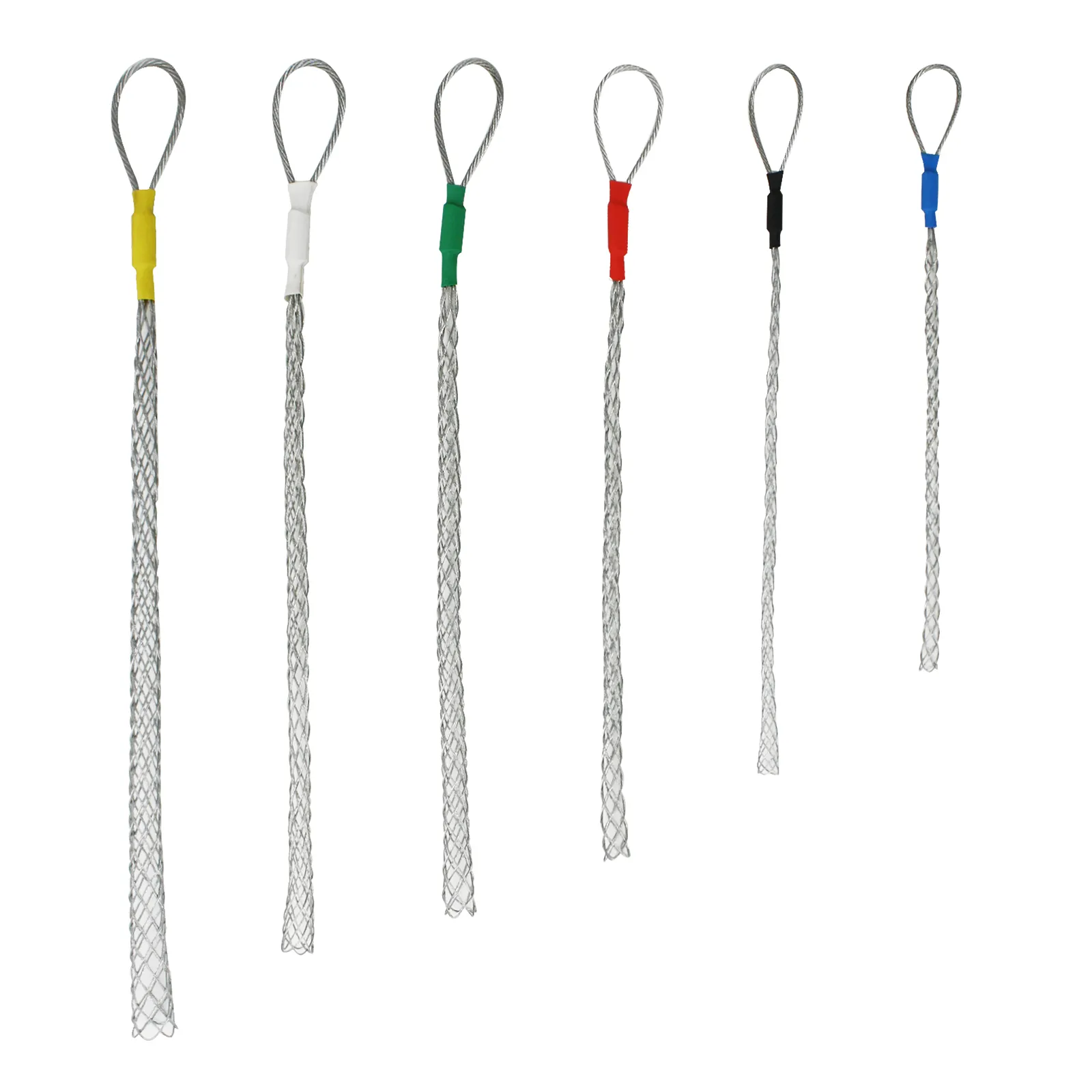
-
 Afrikaans
Afrikaans -
 Albanian
Albanian -
 Amharic
Amharic -
 Arabic
Arabic -
 Armenian
Armenian -
 Azerbaijani
Azerbaijani -
 Basque
Basque -
 Belarusian
Belarusian -
 Bengali
Bengali -
 Bosnian
Bosnian -
 Bulgarian
Bulgarian -
 Catalan
Catalan -
 Cebuano
Cebuano -
 Corsican
Corsican -
 Croatian
Croatian -
 Czech
Czech -
 Danish
Danish -
 Dutch
Dutch -
 English
English -
 Esperanto
Esperanto -
 Estonian
Estonian -
 Finnish
Finnish -
 French
French -
 Frisian
Frisian -
 Galician
Galician -
 Georgian
Georgian -
 German
German -
 Greek
Greek -
 Gujarati
Gujarati -
 Haitian Creole
Haitian Creole -
 hausa
hausa -
 hawaiian
hawaiian -
 Hebrew
Hebrew -
 Hindi
Hindi -
 Miao
Miao -
 Hungarian
Hungarian -
 Icelandic
Icelandic -
 igbo
igbo -
 Indonesian
Indonesian -
 irish
irish -
 Italian
Italian -
 Japanese
Japanese -
 Javanese
Javanese -
 Kannada
Kannada -
 kazakh
kazakh -
 Khmer
Khmer -
 Rwandese
Rwandese -
 Korean
Korean -
 Kurdish
Kurdish -
 Kyrgyz
Kyrgyz -
 Lao
Lao -
 Latin
Latin -
 Latvian
Latvian -
 Lithuanian
Lithuanian -
 Luxembourgish
Luxembourgish -
 Macedonian
Macedonian -
 Malgashi
Malgashi -
 Malay
Malay -
 Malayalam
Malayalam -
 Maltese
Maltese -
 Maori
Maori -
 Marathi
Marathi -
 Mongolian
Mongolian -
 Myanmar
Myanmar -
 Nepali
Nepali -
 Norwegian
Norwegian -
 Norwegian
Norwegian -
 Occitan
Occitan -
 Pashto
Pashto -
 Persian
Persian -
 Polish
Polish -
 Portuguese
Portuguese -
 Punjabi
Punjabi -
 Romanian
Romanian -
 Russian
Russian -
 Samoan
Samoan -
 Scottish Gaelic
Scottish Gaelic -
 Serbian
Serbian -
 Sesotho
Sesotho -
 Shona
Shona -
 Sindhi
Sindhi -
 Sinhala
Sinhala -
 Slovak
Slovak -
 Slovenian
Slovenian -
 Somali
Somali -
 Spanish
Spanish -
 Sundanese
Sundanese -
 Swahili
Swahili -
 Swedish
Swedish -
 Tagalog
Tagalog -
 Tajik
Tajik -
 Tamil
Tamil -
 Tatar
Tatar -
 Telugu
Telugu -
 Thai
Thai -
 Turkish
Turkish -
 Turkmen
Turkmen -
 Ukrainian
Ukrainian -
 Urdu
Urdu -
 Uighur
Uighur -
 Uzbek
Uzbek -
 Vietnamese
Vietnamese -
 Welsh
Welsh -
 Bantu
Bantu -
 Yiddish
Yiddish -
 Yoruba
Yoruba -
 Zulu
Zulu


Nov . 15, 2024 17:59 Back to list
ground rod system
Understanding the Ground Rod System Principles and Applications
In the realm of electrical engineering and safety, the ground rod system plays a pivotal role in ensuring the safe operation of electrical installations. This system, often overlooked, is crucial for protecting both equipment and personnel from the dangers associated with electrical faults. Understanding how ground rods function and their importance can significantly enhance our approach to electrical safety.
At its core, a ground rod system serves to connect electrical systems to the earth. By providing a low-resistance path for electrical faults, it helps to dissipate harmful currents safely into the ground. This is essential during lightning strikes or electrical surges, as the ground rod can absorb excess energy and prevent damage to electrical systems and devices.
Ground rods are typically made of materials such as copper, galvanized steel, or stainless steel, chosen for their durability and conductivity. The installation of these rods must adhere to local electrical codes and standards, which specify their length, diameter, and the required depth for effective grounding. A common specification is that ground rods should be at least eight feet long, which allows for adequate penetration into the earth.
One of the primary advantages of a ground rod system is its ability to limit voltage to safe levels. When a fault occurs, the ground rod provides a pathway for current to flow into the earth, significantly reducing the potential difference that could lead to dangerous electrical shocks. This is particularly critical in residential and commercial buildings where the safety of occupants is a primary concern.
ground rod system

Moreover, the ground rod system also helps in minimizing electromagnetic interference (EMI), which can disrupt the operation of sensitive electronic devices and communication systems
. By grounding equipment, engineers can enhance signal integrity and reduce noise, leading to improved performance and reliability.Proper installation of the ground rod system is vital for its effectiveness. The grounding electrode must be driven into the earth in a location that provides a good electrical connection with the soil. Factors such as soil composition, moisture content, and temperature can all influence the conductivity of the ground rod. In areas with rocky or dry soil, multiple ground rods may be required to achieve the necessary grounding resistance.
Additional components often complement the ground rod system, including ground wires and bonding conductors. These elements ensure that all metallic parts of an electrical system are interconnected and bonded to the ground. This interconnectedness is crucial for creating a uniform grounding system that can effectively handle fault currents from various sources.
Testing the effectiveness of a ground rod system is also essential. Regular inspections and measurements help ascertain if the system is functioning as intended. Variations in soil conditions over time, as well as physical damage to the rods or connections, can lead to increased resistance and reduced effectiveness. Techniques such as fall-of-potential testing can be employed to evaluate the resistance of ground systems and ensure compliance with safety standards.
In conclusion, the ground rod system is a fundamental aspect of electrical safety and functionality. By providing a reliable path to the earth, it safeguards electrical installations from faults, mitigates the effects of lightning, and enhances the performance of electronic devices. As technology evolves and electrical systems become more complex, the importance of maintaining a robust grounding system will only grow. Therefore, in both residential and industrial settings, understanding and implementing an effective ground rod system is essential for ensuring safety and reliability in our increasingly electrified world.
Latest news
What Are Construction Tools and How Are They Used?
NewsJul.11,2025
Professional-Grade Duct Rodding Tools for Superior Cable Installation
NewsJul.11,2025
Enhancing Safety and Efficiency with Modern Hot Stick Solutions
NewsJul.11,2025
Empowering Cable Installation with Advanced Rodder Solutions
NewsJul.11,2025
Elevate Your Cable Installation Projects with Cable Pulling Tools
NewsJul.11,2025
Efficient Cable Handling Solutions: Cable Rollers for Sale
NewsJul.11,2025











